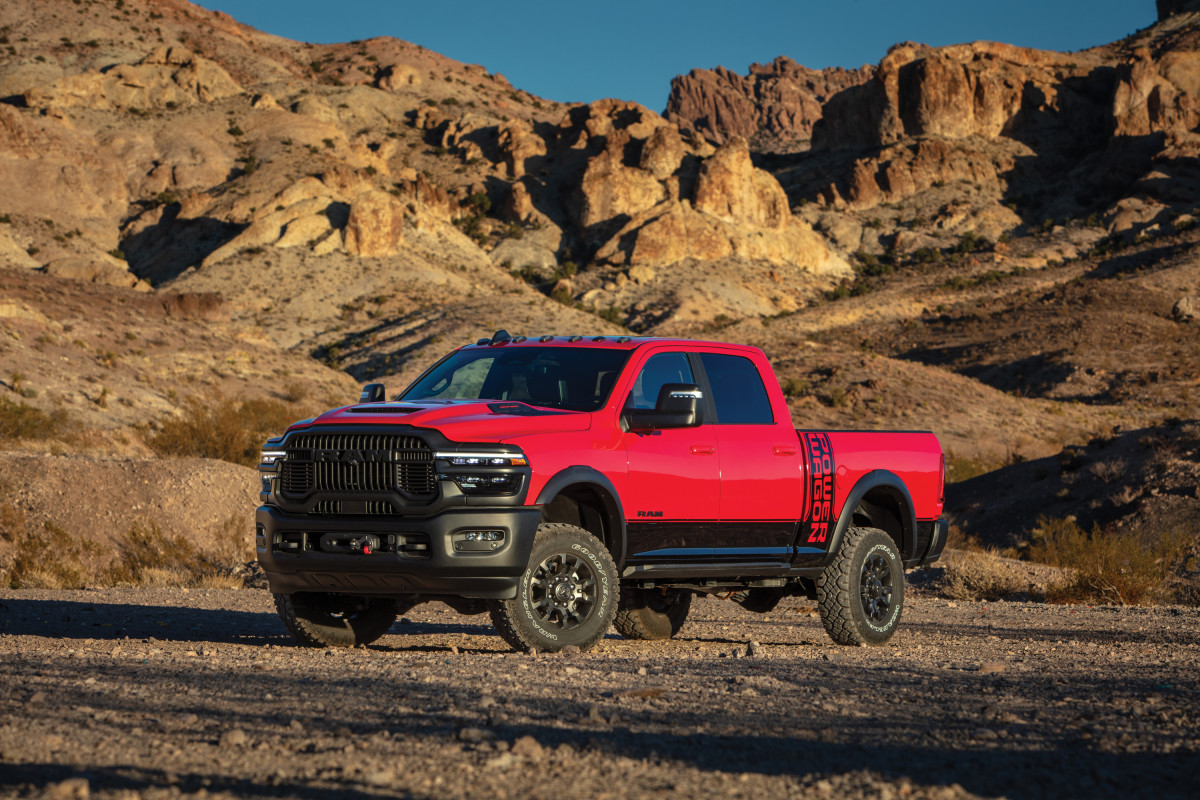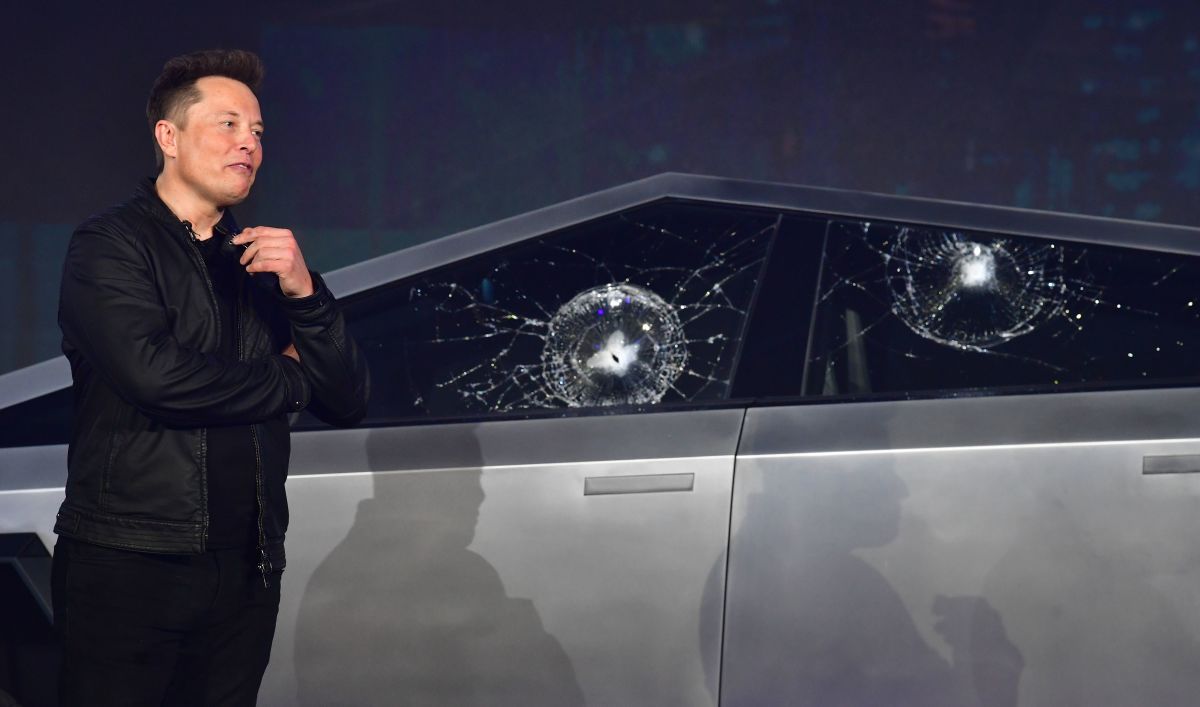GM’s Partnership with Nvidia Could Change Driving Forever
General Motors is doubling down on artificial intelligence and automation by teaming up with Nvidia to develop its next generation of vehicles, factories, and robots. This collaboration marks a strategic shift for GM following the collapse of its Cruise robotaxi division last year. Instead of going ...
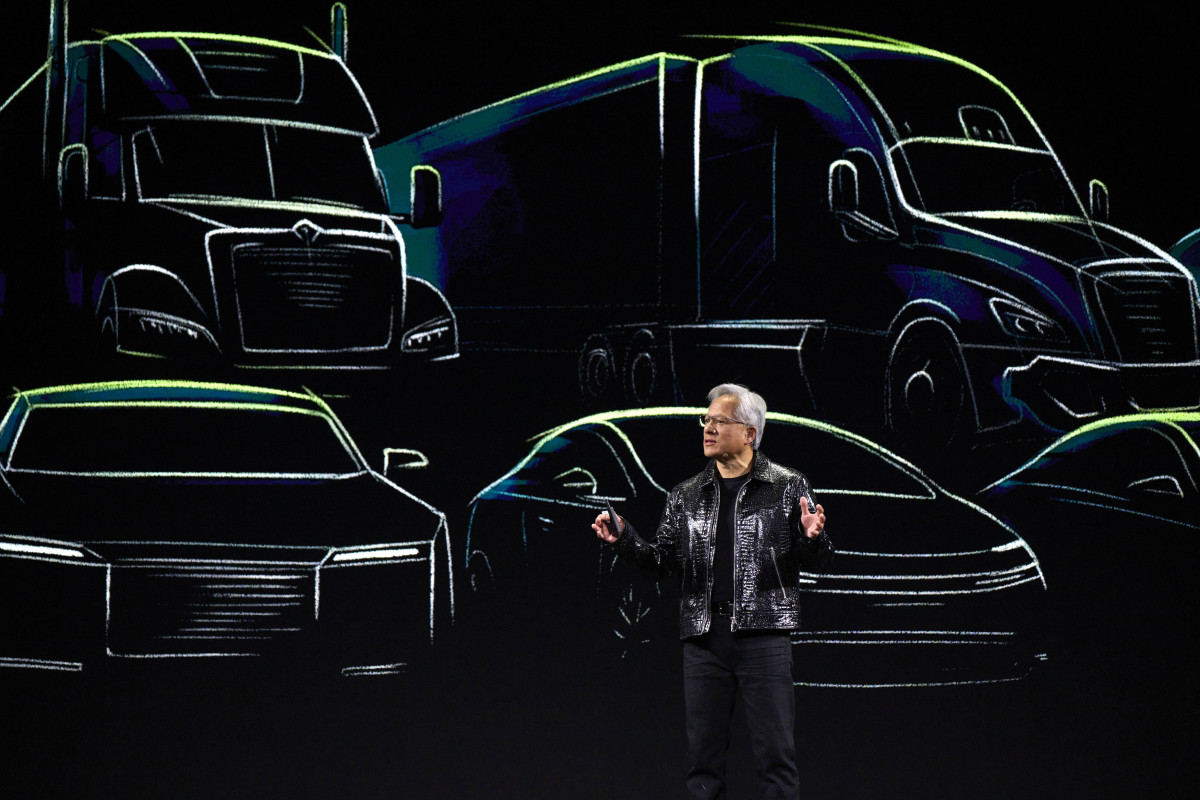
A new autonomous era for GM
General Motors is doubling down on artificial intelligence and automation by teaming up with Nvidia to develop its next generation of vehicles, factories, and robots. This collaboration marks a strategic shift for GM following the collapse of its Cruise robotaxi division last year. Instead of going solo, the automaker is tapping into Nvidia's expertise in AI and accelerated computing to build more advanced driver assistance systems (ADAS) and other autonomous technologies.
Nvidia’s AI chips: The brains behind future GM cars
At the core of this partnership is Nvidia's Drive AGX system-on-a-chip (SoC), which will be integrated into future GM vehicles. These high-performance chips will enable Level 2 and above ADAS features, which can handle lane-keeping, adaptive cruise control, and other driver assistance capabilities. While GM has not specified which AGX chip it will use, Nvidia’s offerings include the AGX Orin (capable of 254 trillion operations per second) and the more advanced AGX Thor (delivering up to 1,000 trillion operations per second). Cadillac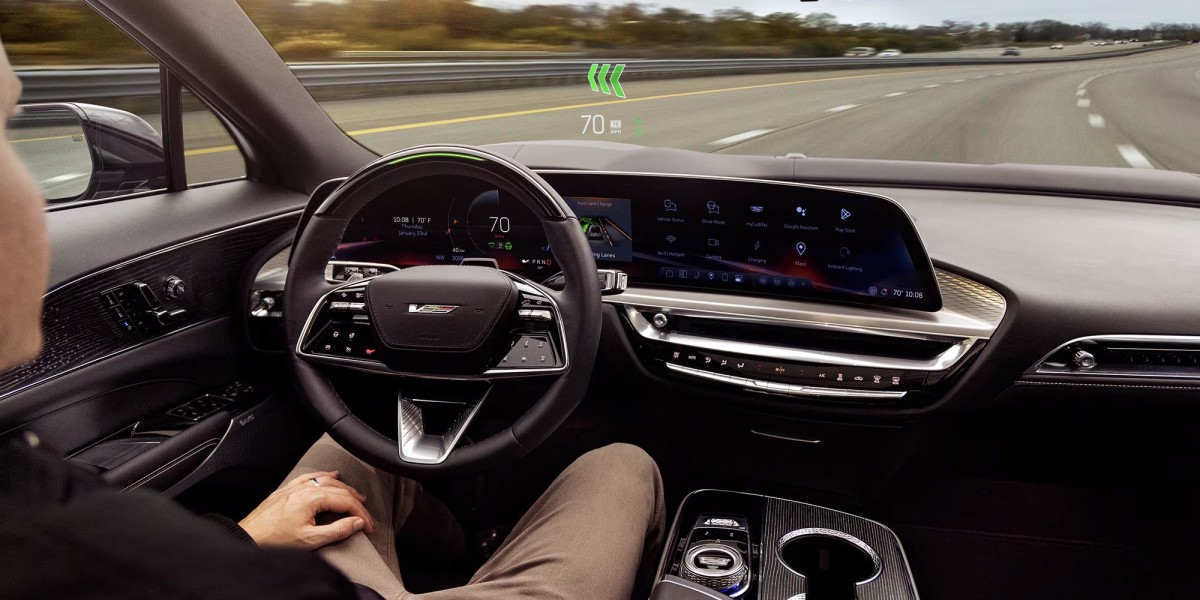
Self-driving technology requires immense processing power to analyze data from cameras, radar, and sensors in real-time. Nvidia’s AI chips are designed to handle these complex tasks, running neural networks that help vehicles detect objects, plan routes, and make driving decisions with minimal human intervention.
A cautious approach after Cruise’s collapse
GM’s renewed focus on AI-powered driving comes after the company shut down its Cruise robotaxi operations in late 2024. The closure followed a high-profile accident that led to regulatory scrutiny and public skepticism. However, GM’s interest in automation remains strong, just with a more measured approach. Getty Images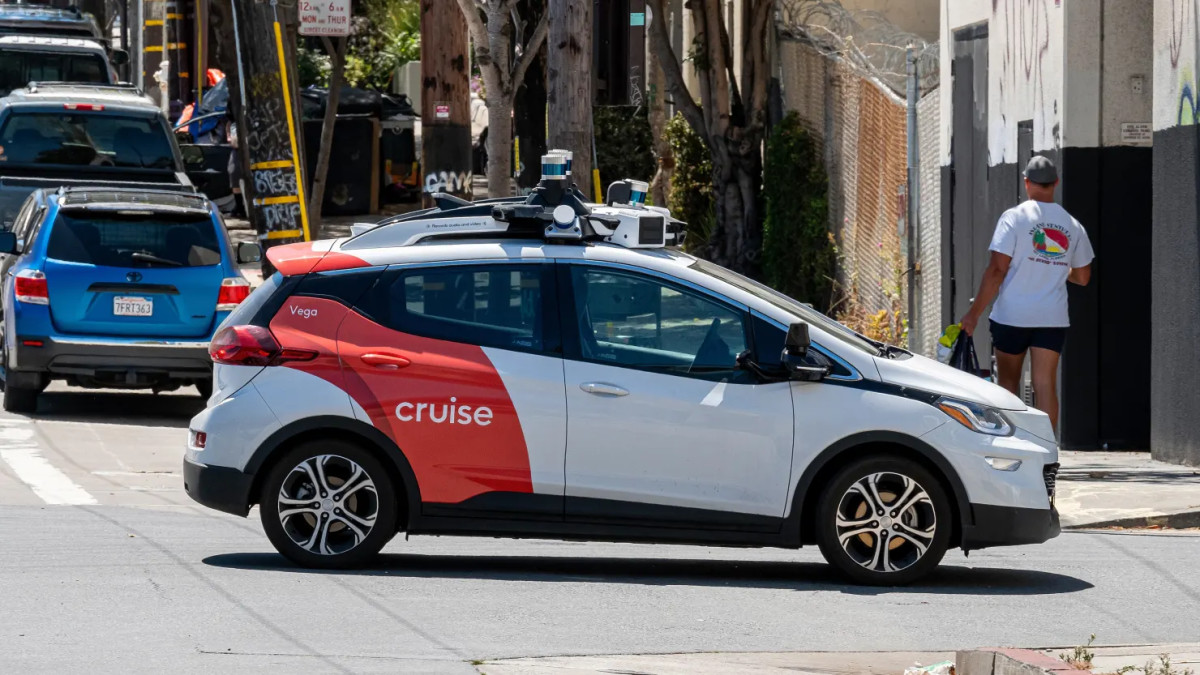
Instead of launching fully autonomous vehicles in the near future, GM appears to be focusing on enhancing its ADAS capabilities — systems that require driver supervision but can handle many driving tasks independently. Currently, the automaker’s Super Cruise hands-free system has over 360,000 vehicles on the road, and its popularity suggests that consumers are still interested in advanced driving assistance, even if full autonomy is not yet viable.
The self-driving landscape: Who’s leading the race?
Despite the hype surrounding autonomous vehicles, the industry has yet to deliver a fully self-driving car for the mass market. Waymo, a subsidiary of Google-parent Alphabet, is the only company operating robotaxis at scale in the U.S. Meanwhile, Tesla has announced plans to launch its own robotaxi service in Austin by June, though CEO Elon Musk’s ambitious autonomy timelines have historically been overly optimistic. Hyundai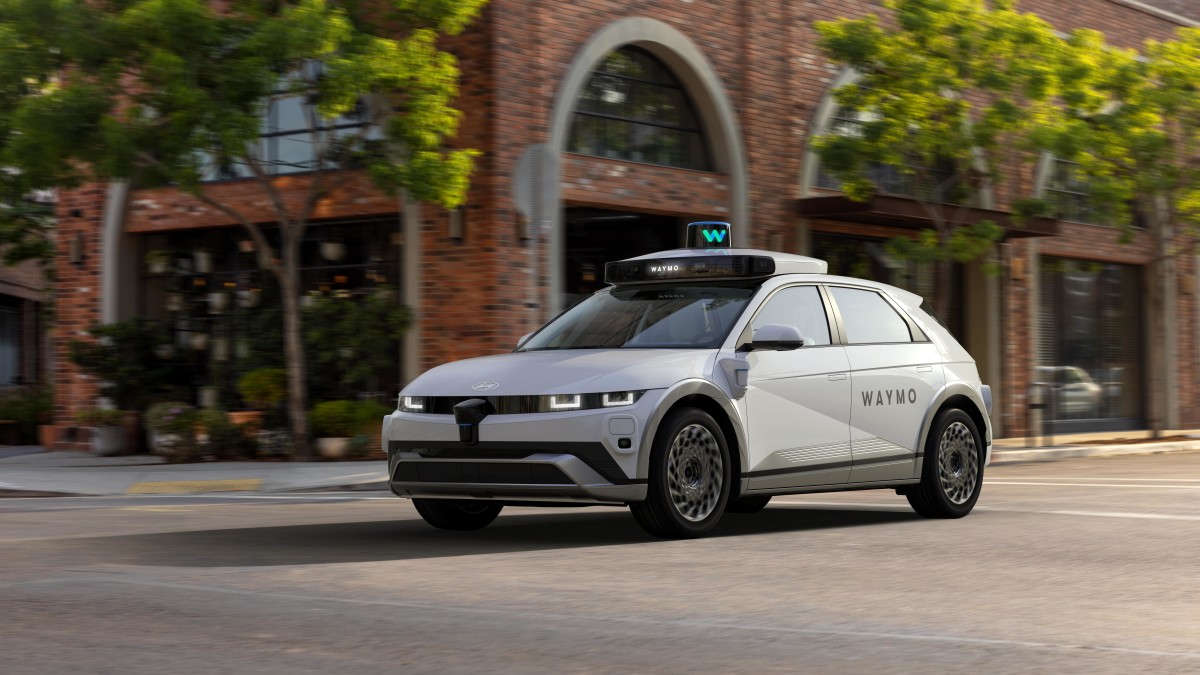
By partnering with Nvidia, GM gains access to cutting-edge AI and computing power without having to build the technology from scratch. Nvidia already works with leading automakers like Toyota, Mercedes-Benz, Volvo and several Chinese brands, positioning itself as a dominant player in the self-driving space.
Final thoughts
While GM’s partnership with Nvidia signals a commitment to automation, it remains unclear how quickly consumers will see the benefits. The company has not specified whether it will use this technology for consumer vehicles or future robotaxi services. Given its past struggles with Cruise, though, GM may prioritize improving ADAS in its current lineup before making another attempt at full autonomy.
For now, the race to develop self-driving cars is still wide open. But with Nvidia’s AI expertise in its corner, GM has a stronger shot at staying competitive in the evolving landscape of automated driving.











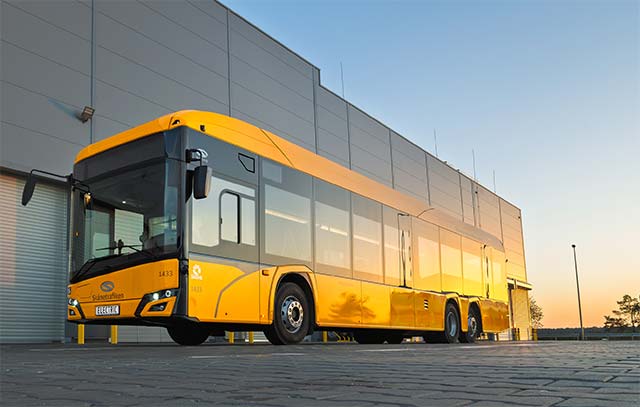

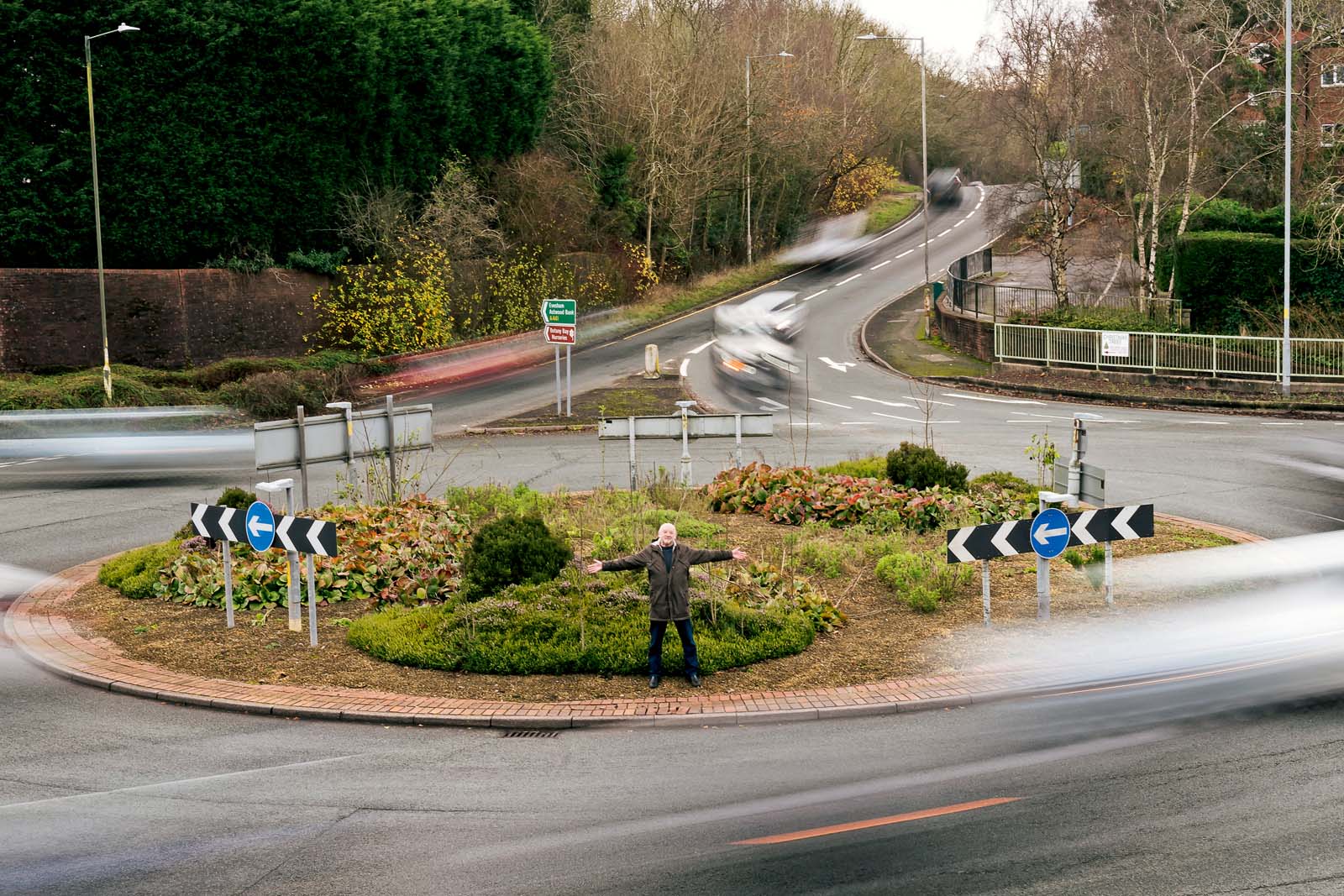





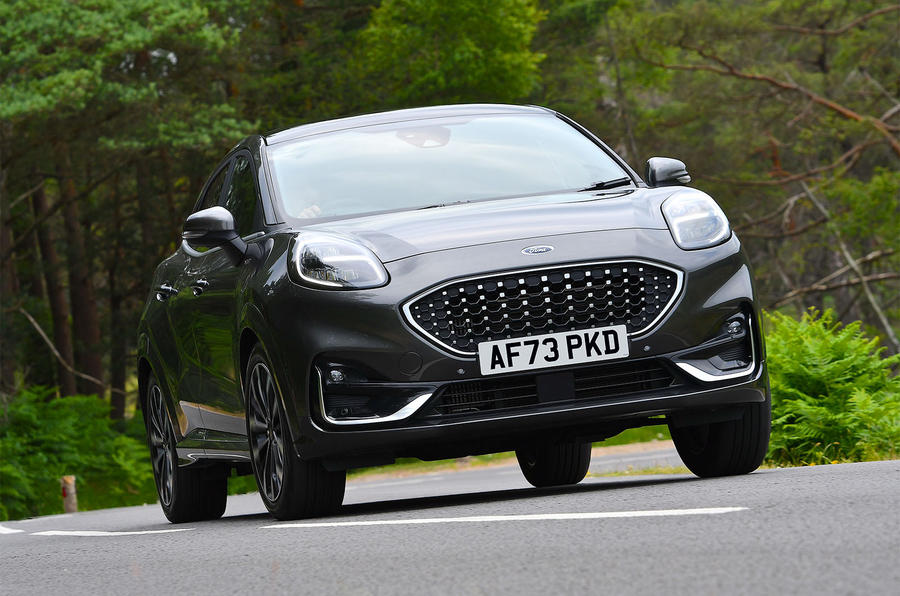




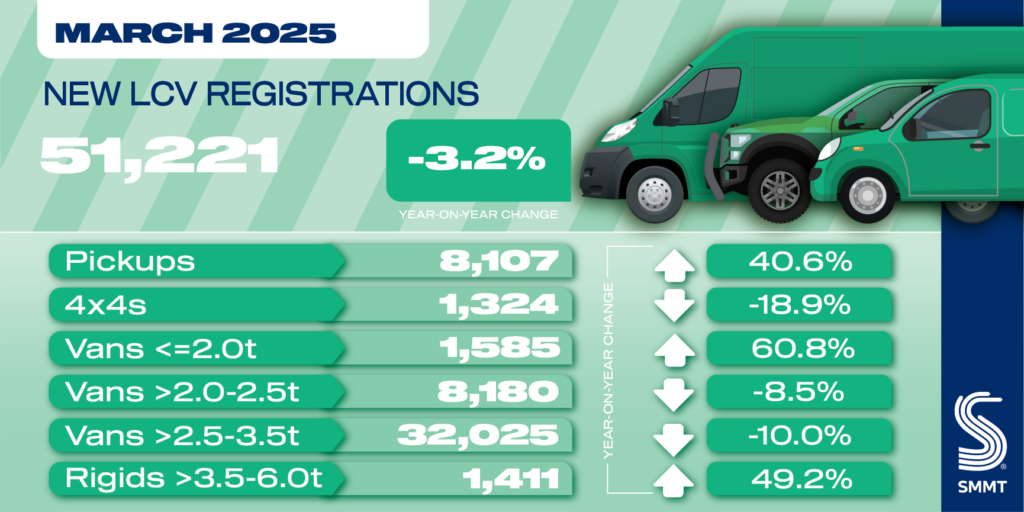







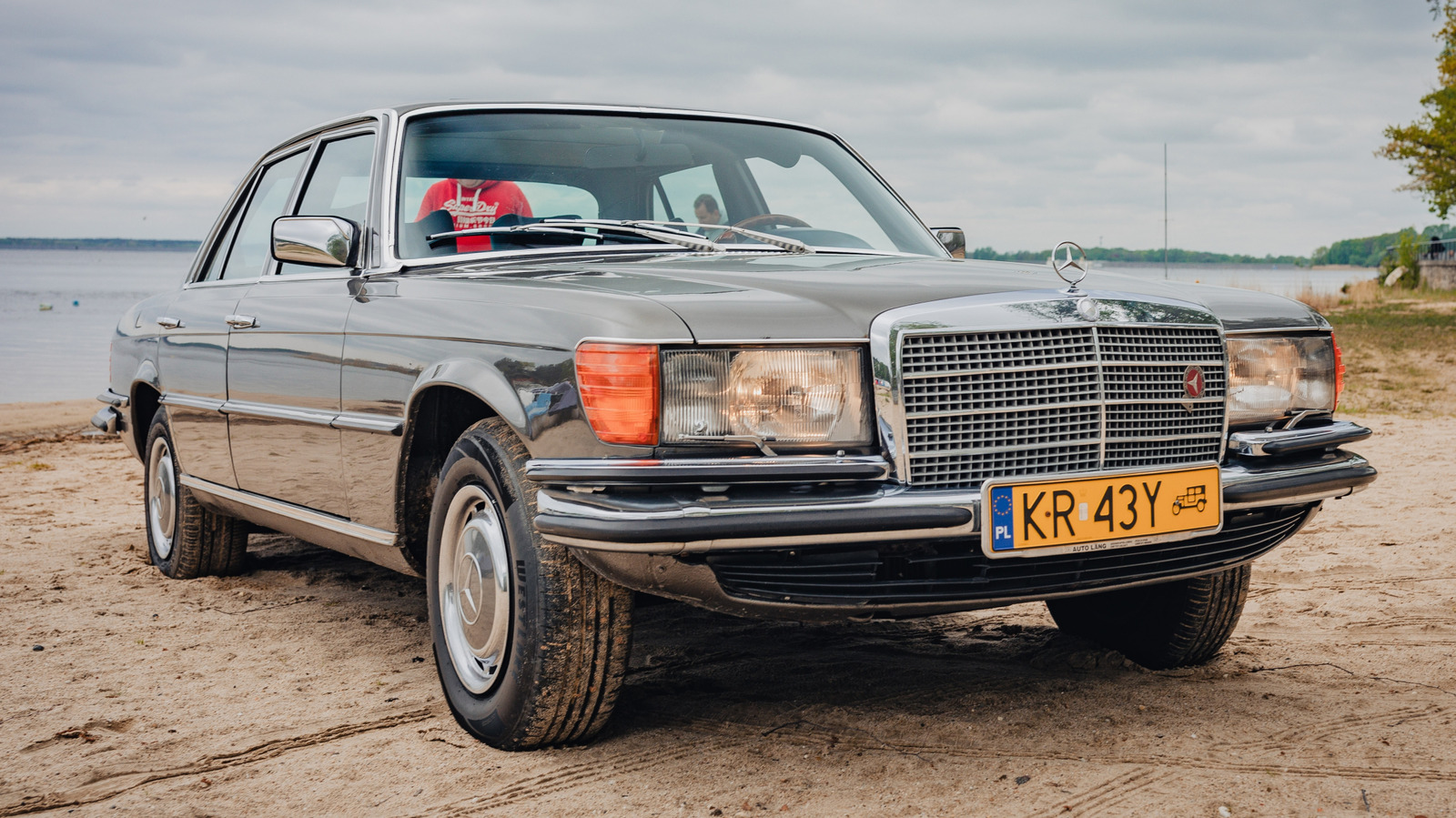
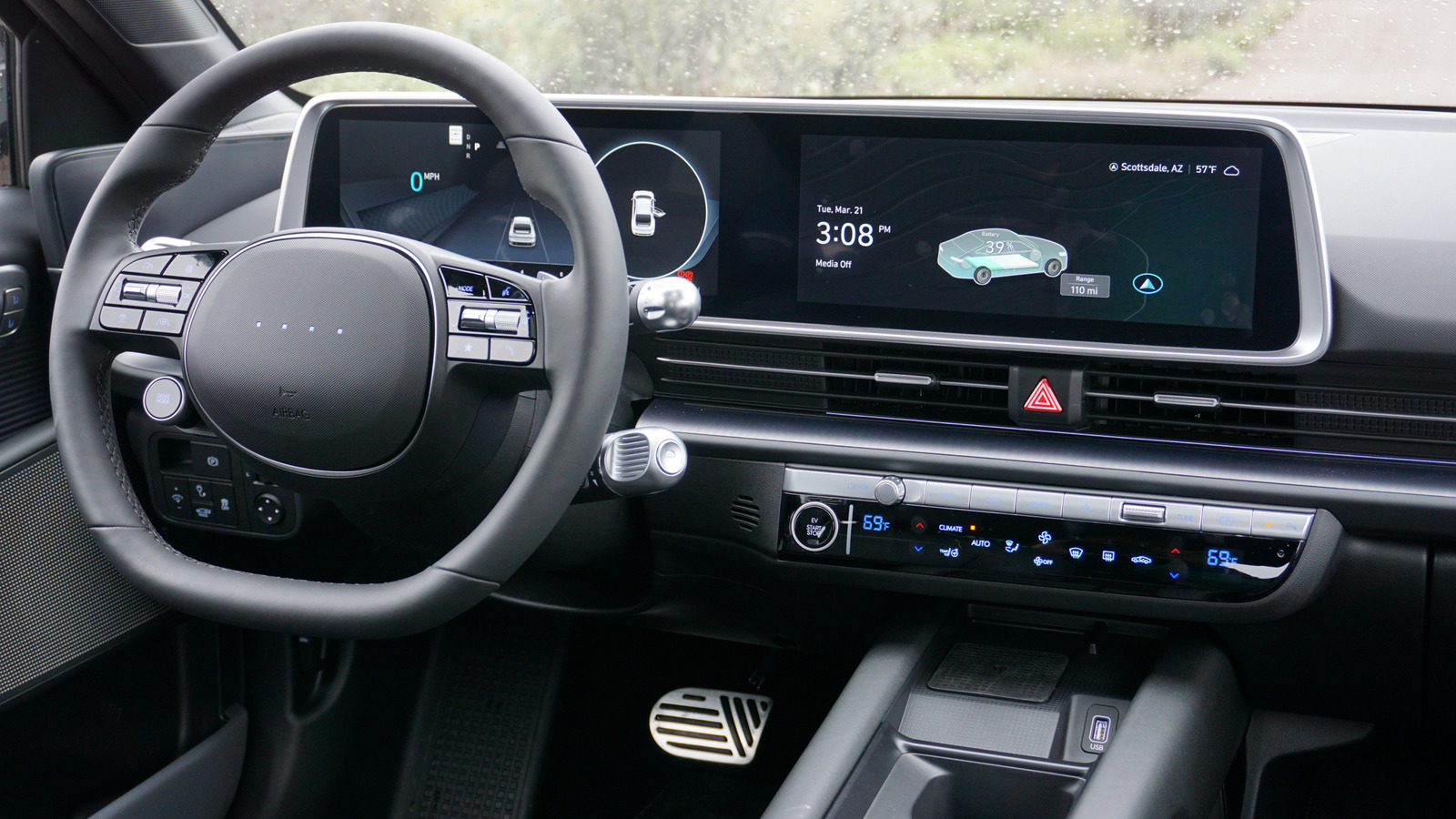
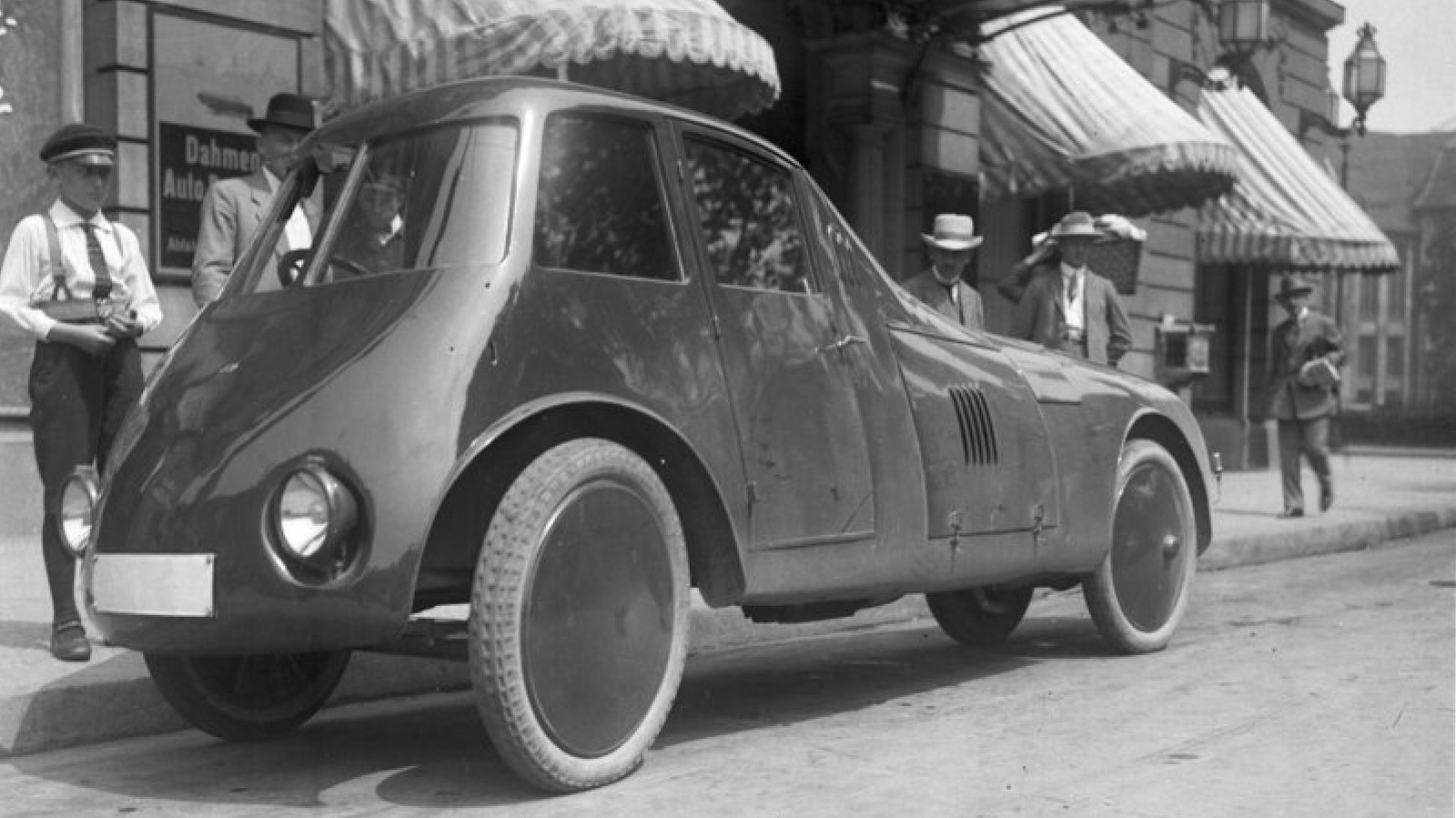



































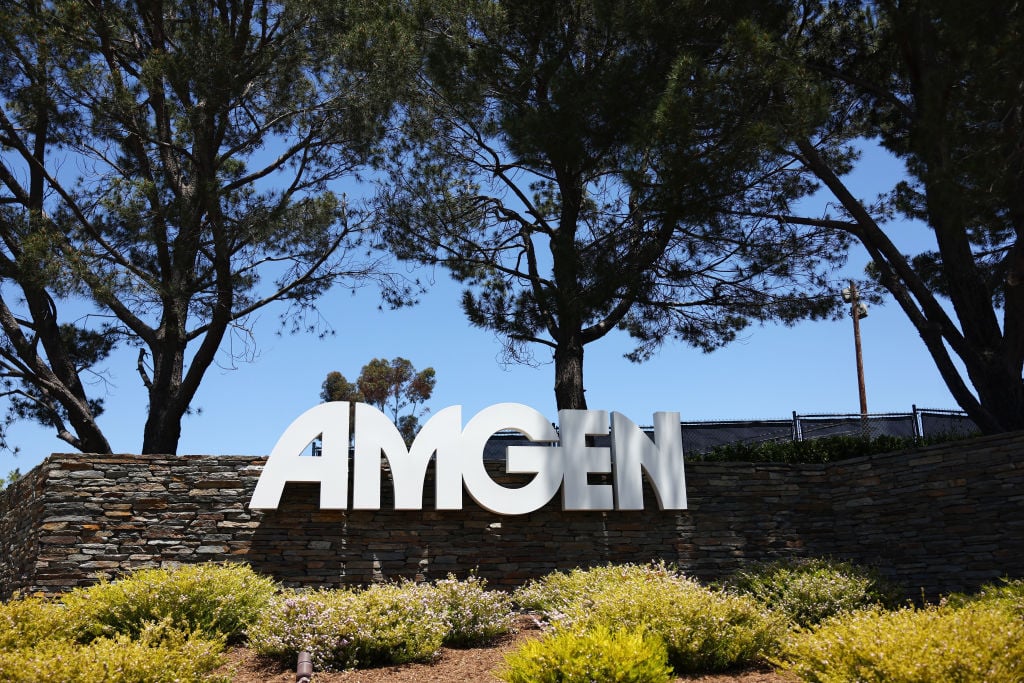























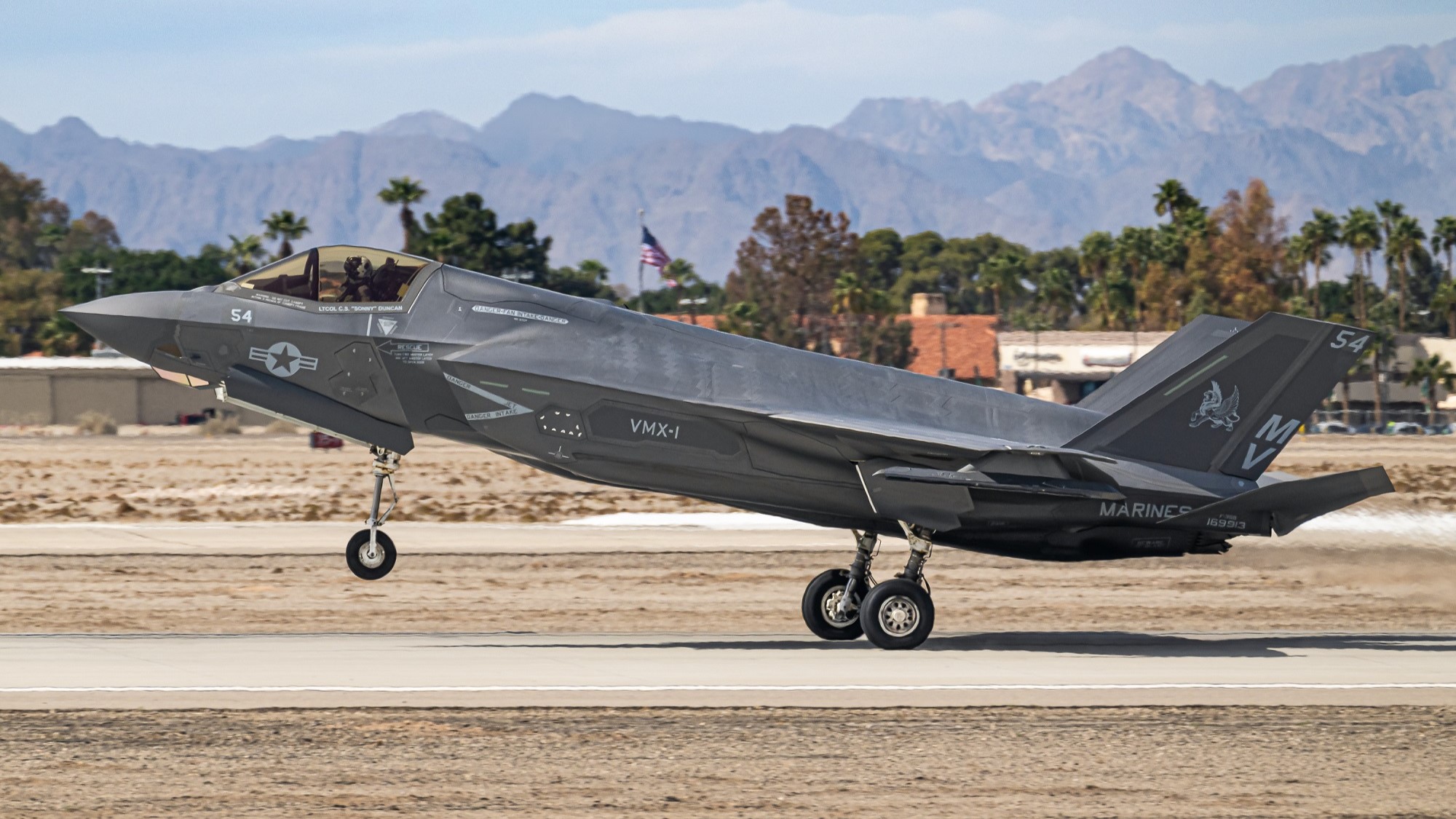



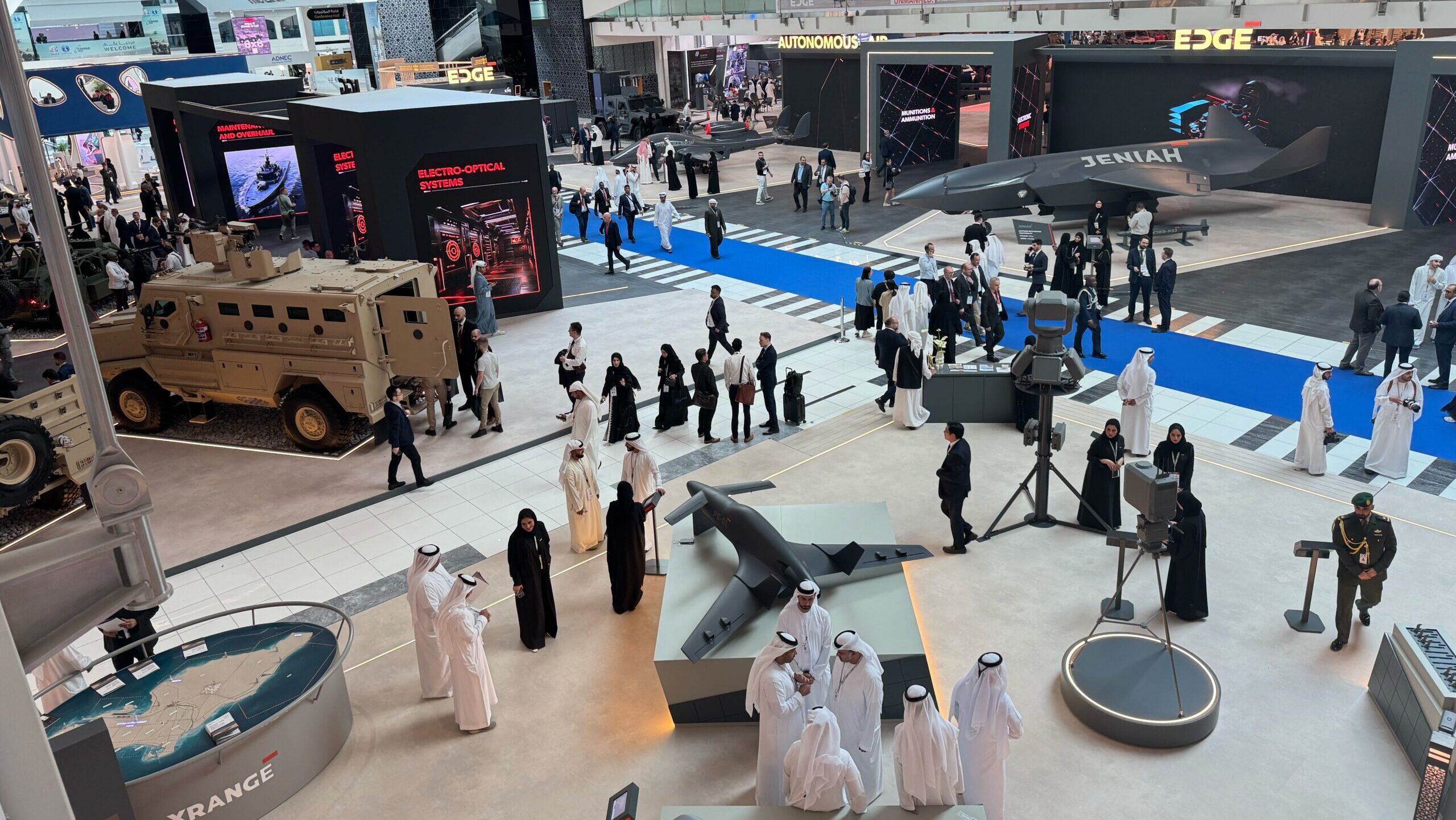











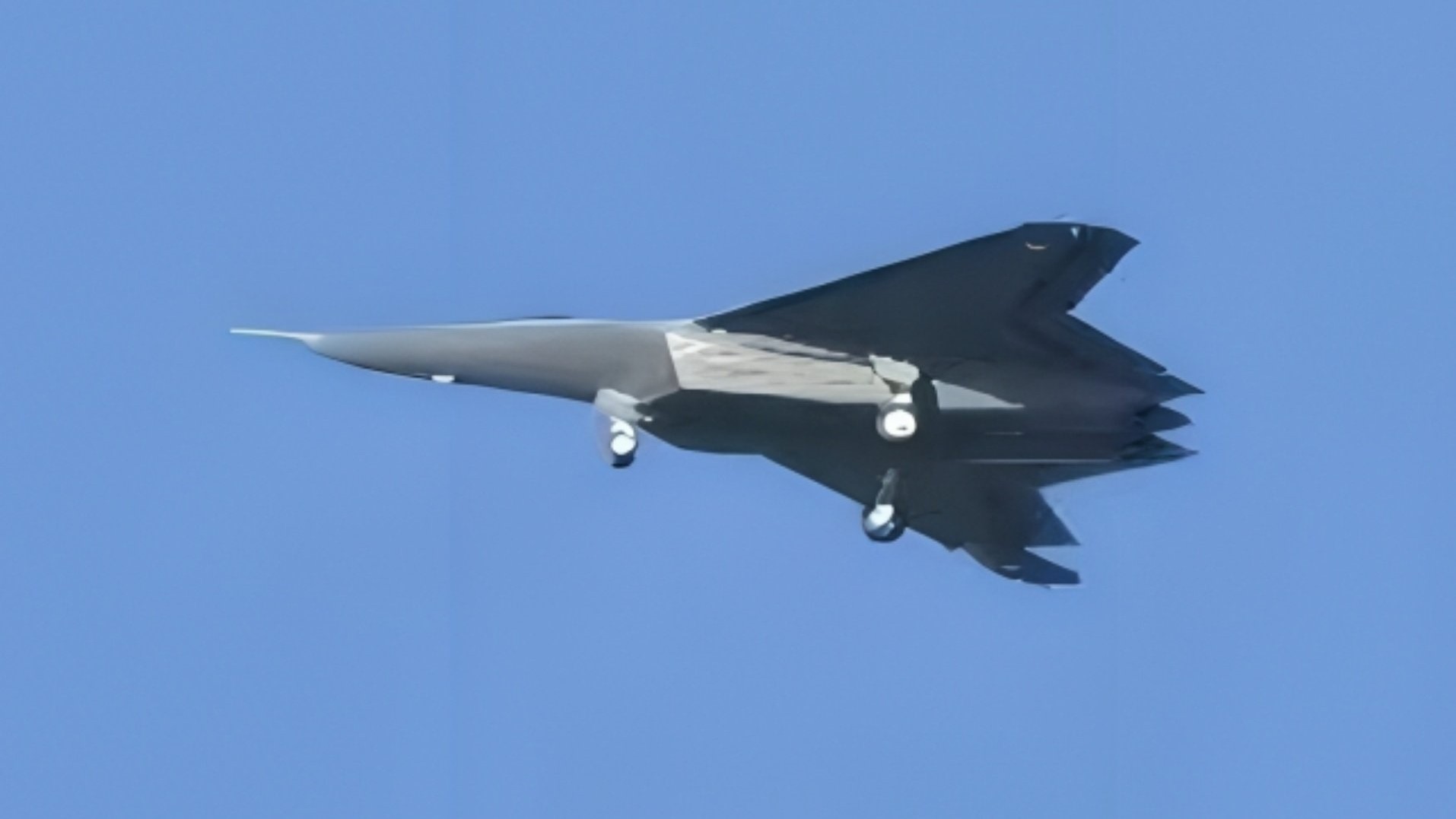

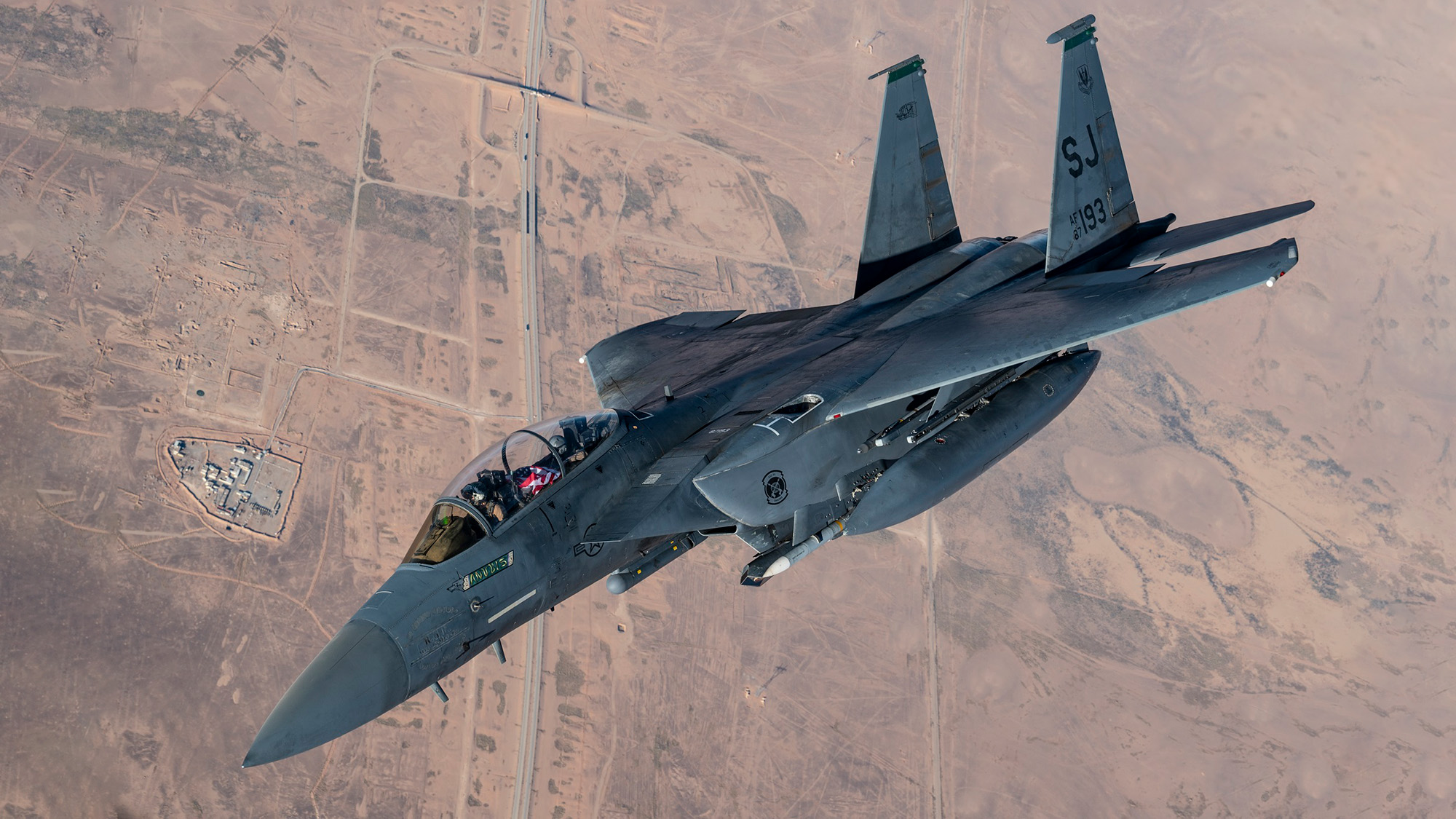








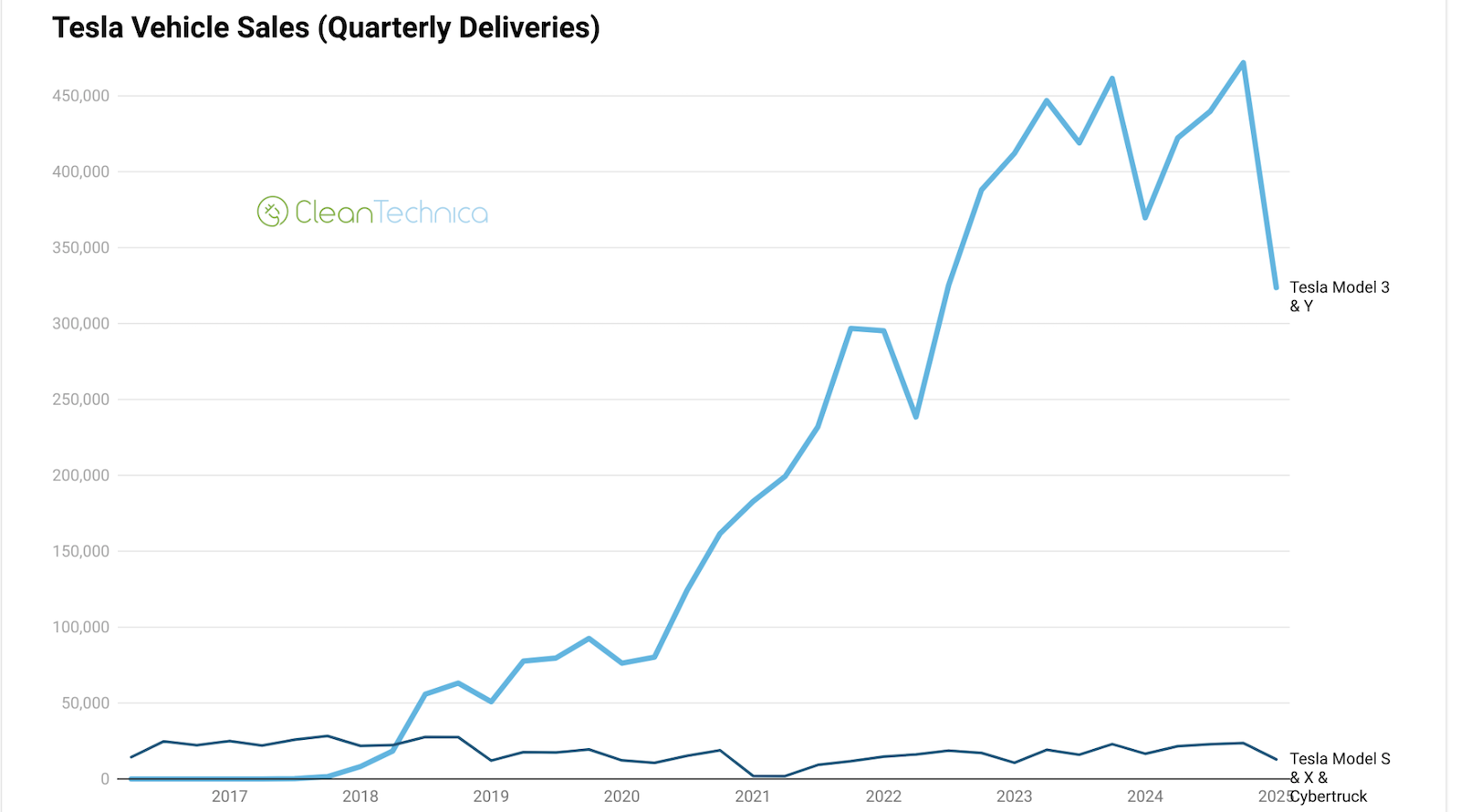


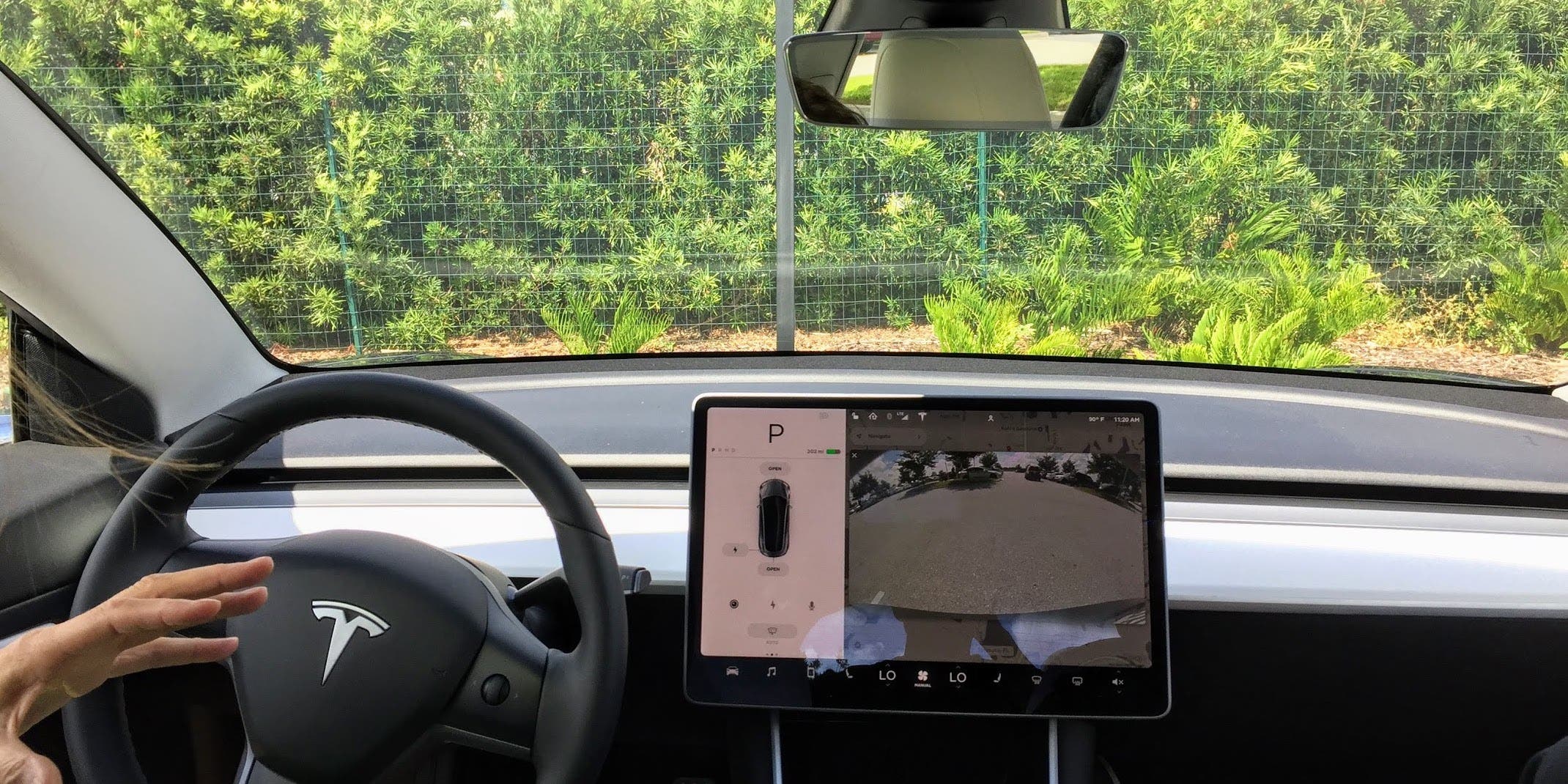


























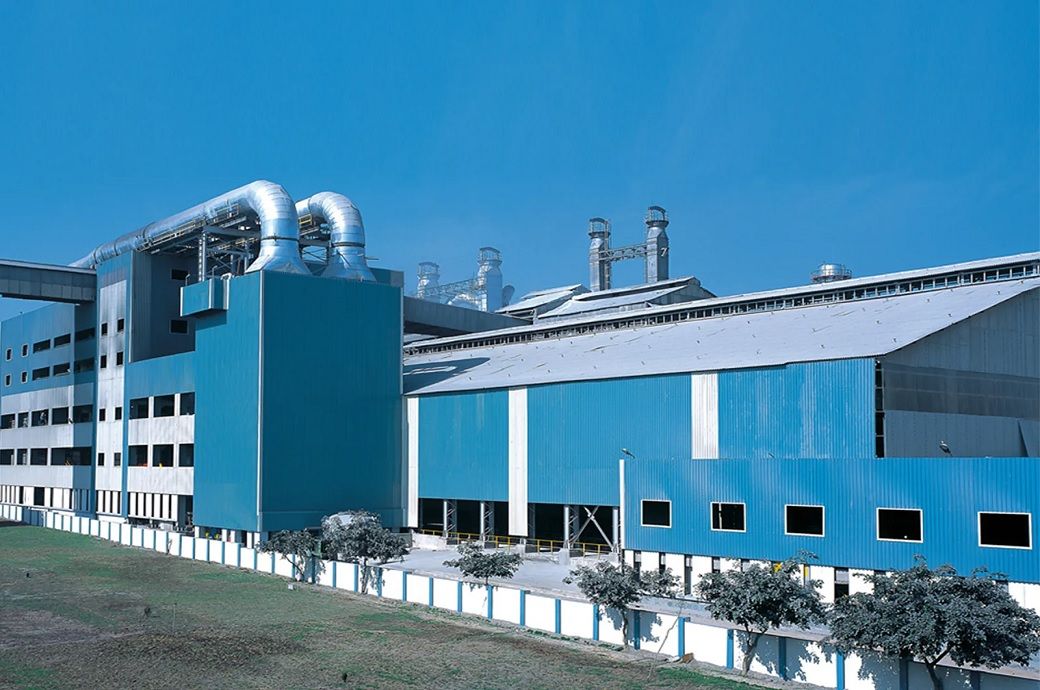
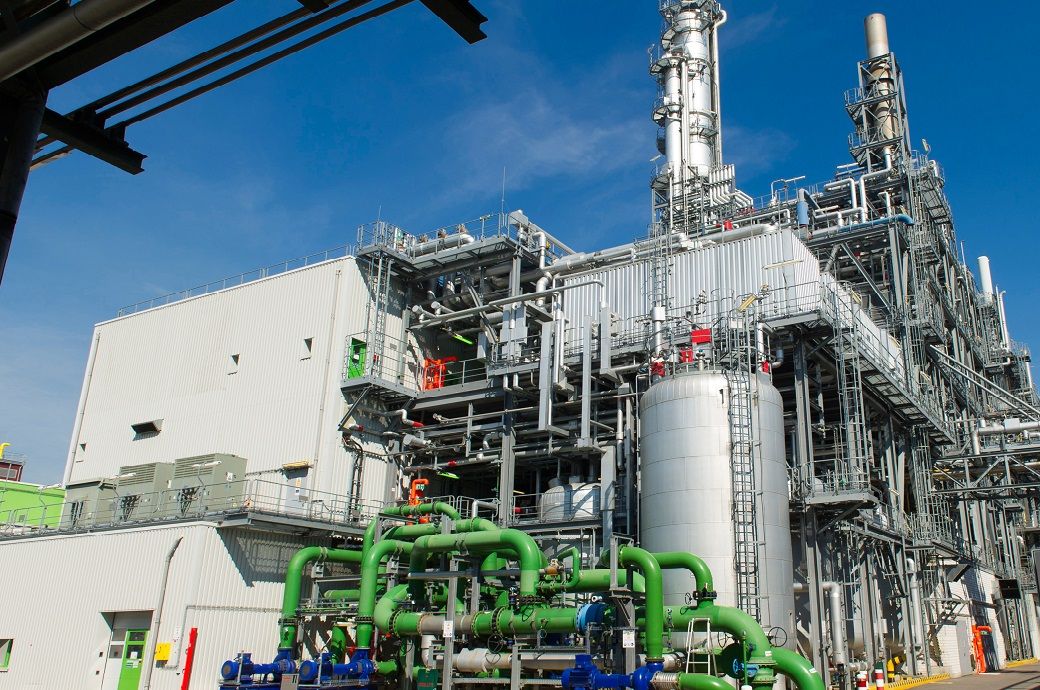
















.jpg)




